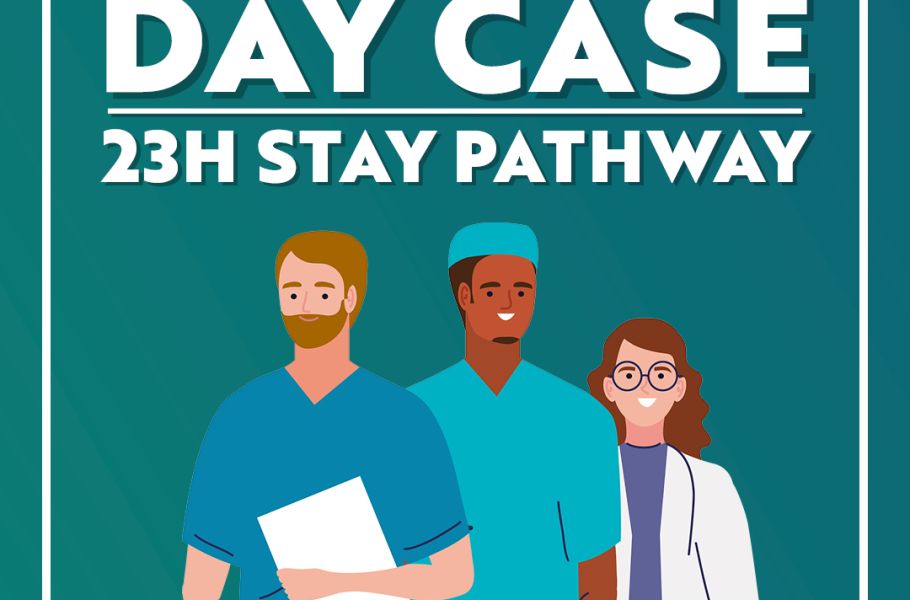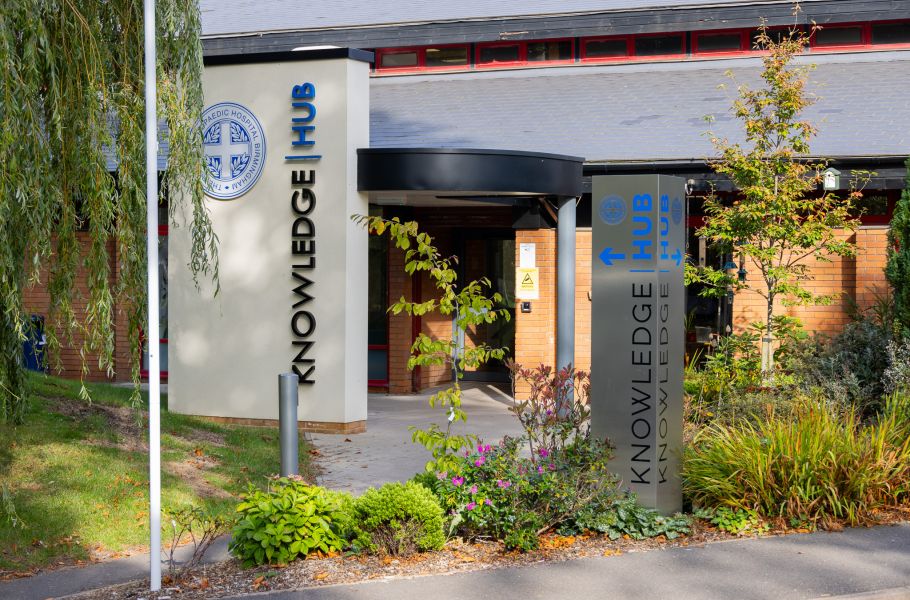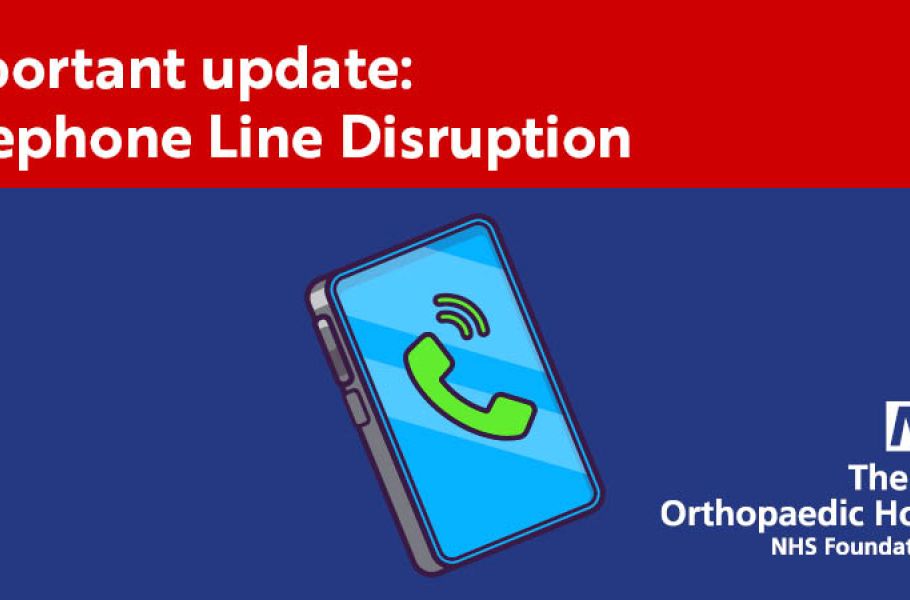What is Hip Dysplasia?
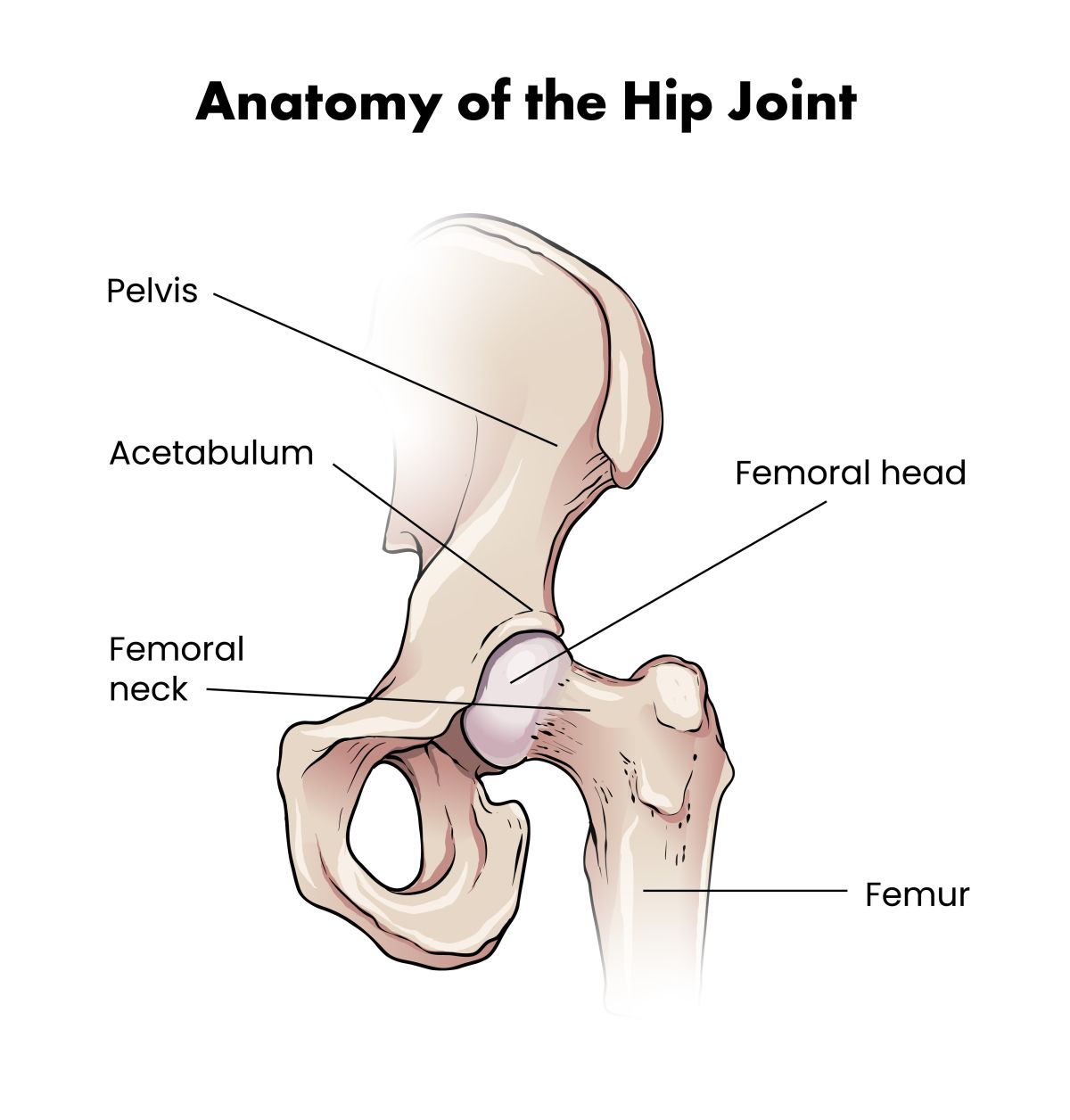
Lucie Gosling, a Consultant Physiotherapist at the Royal Orthopaedic Hospital, explains more about hip dysplasia, common symptoms and treatment for the condition.
Hip Dysplasia or Developmental Dysplasia of the hip (DDH) is an umbrella term where the hip joint doesn’t develop properly, affecting the shape of the hip socket. This effectively means the ball (femoral head) isn’t held tightly in place which means increased movement can occur. Most cases are minor or moderate but in very severe cases, the ball can come out of the socket (dislocate).
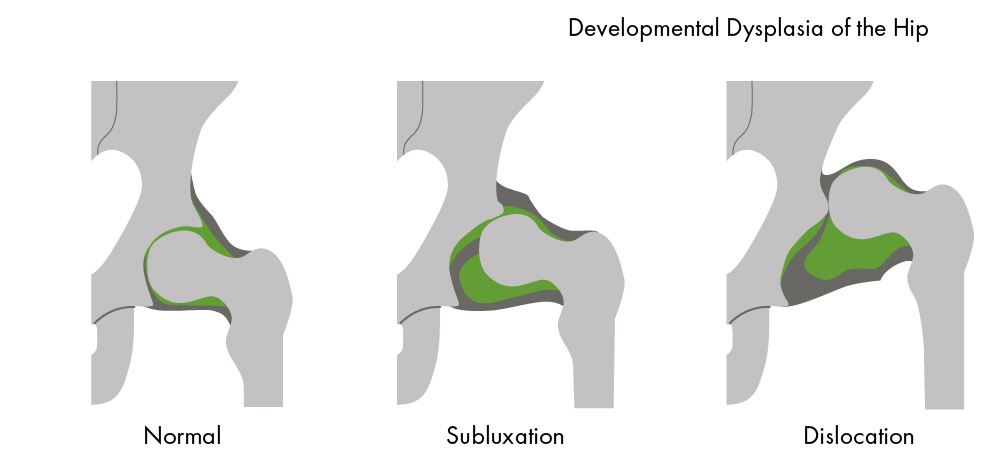
What age is hip dysplasia usually diagnosed?
Age of diagnosis is variable. Many cases of hip dysplasia are picked up at routine birth checks, however some are missed and tend to present in the 20's and 30's.
What are the symptoms of hip dysplasia?
Symptoms of hip dysplasia often start with aching around the hip which comes and goes with certain activities. The aching can go on for a number of years but never fully resolves. It is more common in females than males.
What problems can hip dysplasia cause?
Hip dysplasia can affect a patient’s ability to function such as walking/ sitting for prolonged periods, activities and sports. It can become quite wearing for patients as they can spend many years seeking a diagnosis.
When do patients tend to receive treatment?
Hip dysplasia is one of the conditions we see at the ROH in our Young Adult Hip Service. The clinic is managed by three Consultant Surgeons, a Consultant Physiotherapist and two Advanced Practice Physiotherapists. The service sees anyone with hip pain under the age of 45, including patients with hip dysplasia, osteoarthritis, hip impingement, and other hip problems that might be congenital or may have developed during childhood.
In the Young Adult Hip Clinic, we see patients aged 16 and above. Surgical treatment in this clinic tends to be for patients in their early 20s and 30s where it is possible to operate and change the hip position. Treatment can also involve Physiotherapy which can improve the muscle strength and stability of the hip. We have a specific physio class for hip dysplasia at the ROH which, as far as we are aware, is the only one in the UK. This focuses on education in each session and a progressive strengthening program. The class is in a group setting so patients can share their experiences and be supported by each other.
You can read more about hip dysplasia here: Royal Orthopaedic Hospital - Hip Dysplasia in Teenagers and Young Adults (roh.nhs.uk)
